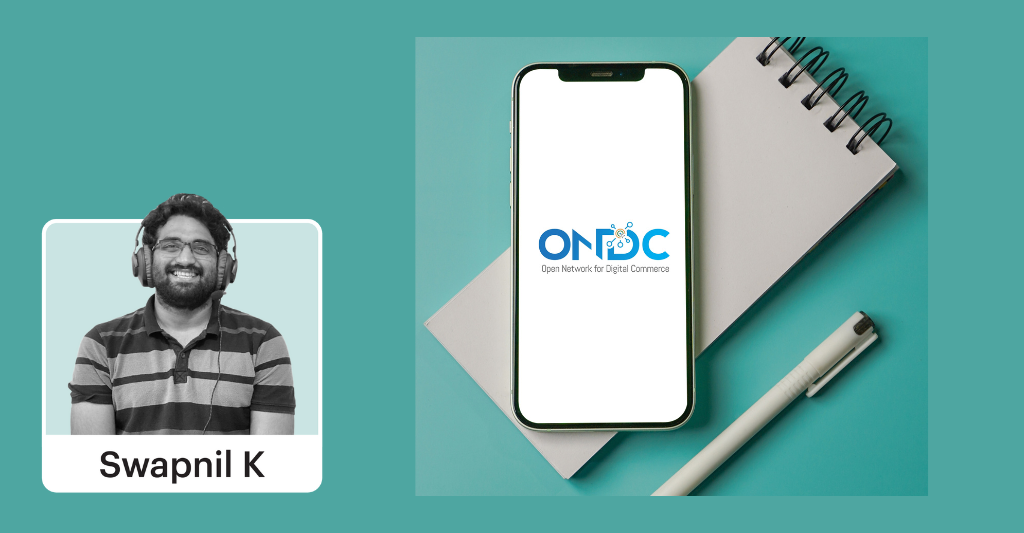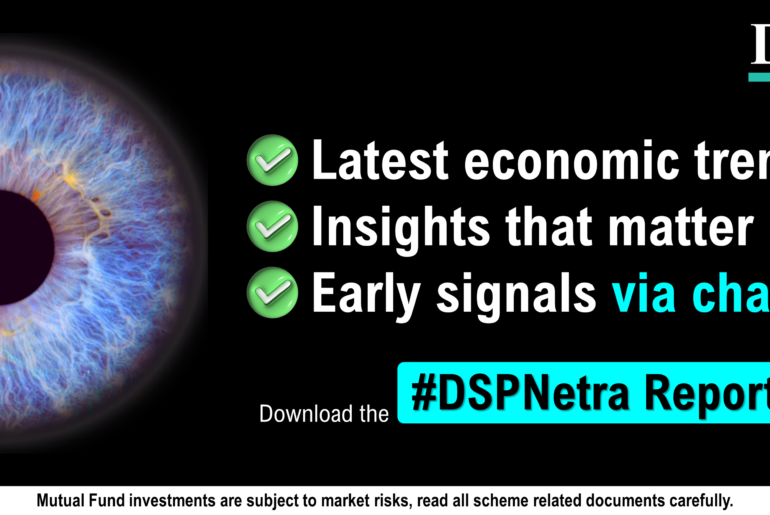Last Updated on May 29, 2023 by Anjali Chourasiya
Everyone is talking about the Open Network for Digital Commerce (ONDC) and how that can shape the world of commerce. In the new age, commerce is a blend of offline and online marketplaces. The offline ones include shopping malls, departmental stores, standalone shops, a Kirana store, roadside paan shops and others. The online ones include the likes of Amazon, Flipkart, Swiggy, Urban Company, etc. For this article, let us focus on online shopping.
Table of Contents
Dynamics of the online-offline shopping world
We browse through these websites, choose what we want to purchase, and a dedicated seller ships that product through different logistics companies, either in-house or outsourced, to us. That sounds simple and hassle-free. Right? But there are some complications which we, as consumers, have either gotten used to or been ignorant about.
The current architecture is a closed one, where the buyer and the seller need to have the same application to transact. Amazon, Zomato and other apps become intermediaries and gatekeepers for our transactions. Buyers and sellers can meet only if both have the same app.
Now imagine you are a small seller. Maybe, you have an indigenous product. But you neither have the capacity nor expertise to deal with these giant online shopping platforms. That restricts your reach as you cannot enter the competition. The only way for you is the traditional offline one. But what is the issue with the offline market?
Well, it is not hard to recollect how we used to plan a visit to a famous local bakery a couple of decades-old ago. Geographies restricted both parties, even if I craved that chocolate pastry but had no means to get to that shop whenever I wanted. Things have changed, at least in cities. For several small traders in tier-3 towns, it is still the same thing. And that’s what can be changed with ONDC. Let’s understand how ONDC works and how that can change the way we trade online in the future.
Entering ONDC
Firstly, ONDC is neither an app nor a platform. It is an open architecture, just like UPI. Do you have an app named ‘UPI’? No. We have Google Pay, PhonePe, etc., which are created on UPI architecture. You might have experienced this numerous times when you have, say, Google Pay, but the shopkeeper has, say, PhonePe or PayTM. Practically, infinite apps can be made on UPI and yet the parties transacting with each other need not have the same app. ONDC is an extension of this idea beyond payments.
On ONDC, again, there can be infinite apps and yet buyers and sellers need not have a common app to meet and transact. That is revolutionary. This will end the monopolistic power of Amazon, Flipkart, Zomato, Swiggy, and so on and so forth. Today, we, both buyers and sellers, must agree on the terms and conditions (delivery charges, commission, offers, etc.) of these apps to make our lives comfortable.
A general trend that can be seen globally is that usually, there are only a few players within these sub-categories. For example, in shopping, we have Amazon and Flipkart, which has the majority share. Similarly, Uber and Ola are for taxi services, and Zomato and Swiggy are for food delivery. The gap between the top two and the third player, if it exists, is very large and thus, these companies capture most of the market and become price makers.
We can see that most of the non-top companies have joined ONDC and are aiming to reduce that gap. As per recent reports, food delivery through ONDC apps like Paytm and Magicpin is much cheaper than from Zomato and Swiggy. I started exploring these ONDC-based apps. I could see many local sellers based on my current location on all these apps. The seller might have been onboarded through, say, Paytm, but I can still order through, say, Magicpin.
Breaking the big tech?
Another point missing in the current discussion is the power of ‘big tech’ and how important it is to break it. “Amazon, Facebook, Google, Apple, Microsoft use their amassed power to subvert the markets which they operate within, stifling competition and denying us a real choice”, writes Irina Bolychevsky. She further writes that people aren’t choosing these platforms because they are better; they default to them because that’s where everyone else is. She suggests that instead of breaking up these companies like Standard Oil, it will be much more helpful if we break them open.
She suggests an open platform where all these apps can interact with each other. That means if I log in from Facebook, I should be able to message someone who is not on Facebook but is on Twitter, for example. In this way, these tech behemoths will lose (at least some, if not entire) monopoly power, and consumers can be the net beneficiaries. This isn’t hard in the communications world. There are multiple examples, like the internet itself. You can browse any website, irrespective of the device you have. Another best example is email. I can send you an email from my Gmail account to your Yahoo account. Then, why leave social media, software, and online shopping?
UPI’s open architecture didn’t aim at reducing the power of VISA, Mastercard, Bill desk, etc. But it was targeted to make the sector more competitive. Similarly, ONDC is not created to pull Amazon or Zomato down. Even these top companies can join ONDC and gain from it. In this way, everyone can reap the benefits of the infrastructure, technology, and competition. There are reports that the insurance regulator, IRDAI, too, has planned a UPI-like tool for insurance-related operations. It seems that India has chosen this path, which I believe, we should not shun away from in the future.
If the same technology is applied everywhere, we can see more competition in most of the sectors. And someday, there might be an open architecture-based social media too. That can be the first step towards ending the monopoly of big tech.
Swapnil has spoken about ONDC on his ‘econGully Marathi Podcast’. Do check it out here.
- Senior Citizens To Get Health Insurance? Facts Explained! - Apr 30, 2024
- How Stock Markets React to Interim Budgets: Cues From the History - Jan 31, 2024
- Top 5 Indian Economics Newsletters to Subscribe in 2024 - Dec 6, 2023



